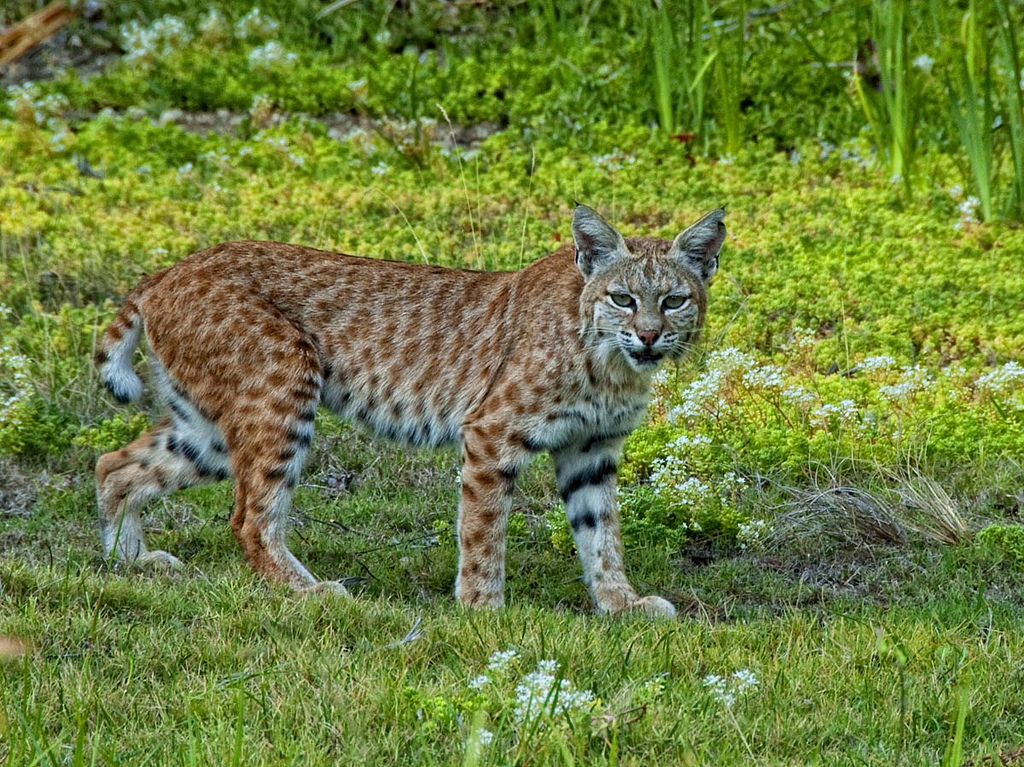I suspect that residents of New Jersey are less surprised these days to see reports in the news of coyotes in the state.
Hearin that rather eerie night howl in NJ still sounds a bit out of place to me. But coyote ingenuity and resilience to adapt to the conditions of its range are legendary.
American Indian mythology includes many stories of this animal as both a deceptive trickster and as a sly genius. It even entered popular culture as the cartoon enemy of Road Runner.
Ranching and herding in the West, led to campaigns to destroy the coyote using not only hunting and bounties, but poisons, gases, helicopter hunts, and engineered epidemics. But they have survive and thrived. Their range is from Alaska to our East Coast, including New York’s Central Park.

I came across a recent book called
Coyote America which is both an environmental and a natural history of the coyote. It traces the five-million-year-long biological story of an animal that has become the “wolf” in our backyards. With the appearance of "
coywolves," that is even more so the situation.
In
writing here about coyotes the past few years, I have reported on a range of topics, from the
increased sightings in our state, to the
hunting season in NJ for coyotes.
As coyotes and coywolves become "New Jersey's apex predator" and more media stories about coyotes in the state appear because of an increasing number of sightings and encounters, we can expect that it will become a situation like that of bears. One side will argue for protection, wise management and diversity, and the other will want the numbers drasticaly reduced or even eliminated.
Coyotes can be quite aggressive and pets and people have been threatened, attacked and bitten by coyotes in NJ. Officials shot and killed a coyote suspected of attacking a Bergen County resident near a wooded area in Norwood and a nearby K-8 school canceled outdoor athletic practices and indoor recess after two coyote dens were found near school grounds.
This is not "new news" considering that the first sighting of a coyote in New Jersey was in 1939. The current figures are that they exist across all 21 of the state’s counties, with a population estimated at 3,000.
Sightings in NJ usually increase in the spring as they bear their litters during April and May.
Eastern coyotes are larger than Western coyotes. Past interbreeding between gray wolves and coyotes may be responsible for the larger size and color variations in NJ coyotes. To the untrained eye, coyotes resemble German shepherd dogs. They can be seen in coats of blond, red and black.
The coyote is a wild member of the dog family and is not a threatened or endangered species in NJ. Eastern coyotes can be up to 60 pounds, but average about 40 pounds.
The NJ Department of Environmental Protection recommends, much like for bears, that residents
put garbage in tightly closed containers that cannot be tipped over to prevent bear and coyote foraging. You can also reduce the protective cover for coyotes by clearing brush and dense weeds from around homes, and be more cautious about children and pets being on their own even in their backyards.
If you do encounter a coyote, do not run because that initiates the "prey instinct" in the animal and the coyote will go into pursuit mode. Rather, act aggressively - "yelling, waving your arms, stamping your feet, or throwing stones” until it leaves.
Coyotes play an important role in the ecosystem, helping to keep rodent populations under control.
The coyote was never introduced or stocked in New Jersey, but has firmly established itself in our area through its extremely adaptable nature.

 Understanding Coyotes
Understanding Coyotes by Michael Huff







.jpg)






